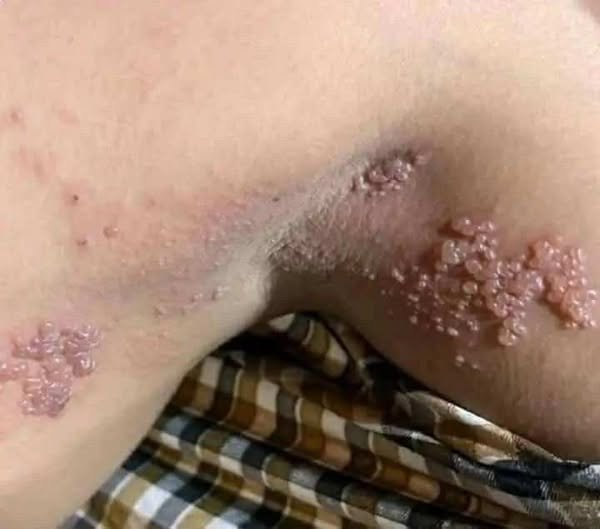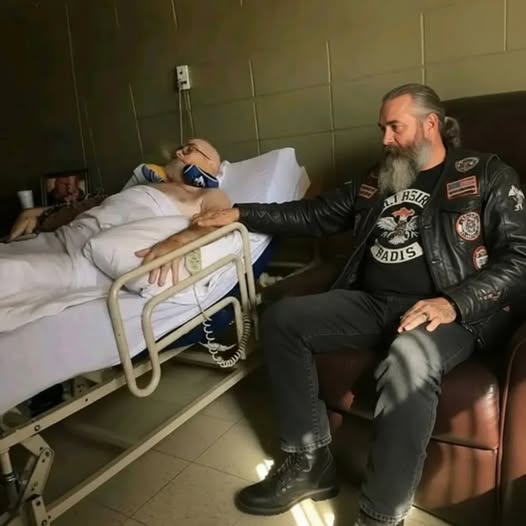Disclaimer: This article is for educational purposes only and is not a substitute for professional medical advice, diagnosis, or treatment. Always seek guidance from your physician or another qualified healthcare provider if you notice unusual symptoms or changes in your body.
Discovering a bump, spot, or unusual lesion in the genital area can be unsettling. It is one of those moments that immediately sparks worry, and for many people, the thought of talking about it to anyone—even a doctor—feels uncomfortable. Yet these changes are more common than most people realize. Some causes are completely harmless and may go away on their own, while others signal conditions that need prompt medical evaluation. The important thing is knowing which is which, so you can make informed decisions about your health.
There are several potential explanations for why bumps, lumps, or lesions appear in the intimate region. Some relate to lifestyle habits, like shaving or clothing choices, while others may be caused by infections or chronic skin conditions. Below are some of the most frequent causes.
One common reason is folliculitis, which happens when hair follicles become inflamed. This is often the result of shaving, waxing, or friction caused by tight underwear. Folliculitis usually looks like clusters of small red or white bumps, sometimes filled with pus, that can itch or feel sore. While mild cases tend to clear up with basic care—such as keeping the area clean, applying warm compresses, and avoiding further irritation—severe or persistent cases require medical treatment.
Another harmless but often misunderstood cause is sebaceous cysts. These are noncancerous lumps that develop when oil glands under the skin become blocked. They usually appear as smooth, flesh-colored or slightly yellow bumps. Most of the time, they cause no pain and eventually shrink on their own. Problems arise when they become inflamed or infected, in which case medical drainage may be necessary.
While these conditions are generally benign, not all bumps should be dismissed. Some may point to infections or diseases that require medical evaluation and treatment. For example, genital warts are caused by certain strains of the human papillomavirus (HPV). They typically present as small, flesh-colored growths that may appear alone or in clusters. They are often painless, though they can sometimes cause mild itching. Even though they may not seem serious at first, they should be evaluated by a doctor because HPV is a sexually transmitted infection, and treatment helps manage symptoms and reduce transmission.
Another possible cause is the herpes simplex virus, or HSV. This infection can lead to painful blisters or open sores in the genital area. Often, people notice a tingling, burning, or uncomfortable sensation before the sores appear. Outbreaks may recur periodically, especially during times of stress or weakened immunity. While herpes cannot be cured, antiviral medications prescribed by a doctor can help control outbreaks, reduce discomfort, and lower the risk of passing it to others.
Molluscum contagiosum is yet another viral condition that can affect the genital area. It spreads through skin-to-skin contact and appears as small, dome-shaped bumps with a distinct dimple in the center. Although it usually clears up on its own with time, treatment may be needed to prevent it from spreading further, especially in adults.
Syphilis, a bacterial infection, often begins with a single painless sore known as a chancre. While the sore may heal without treatment, the infection does not go away and instead progresses into more dangerous stages, eventually harming organs, nerves, and the cardiovascular system. The good news is that syphilis can be treated effectively with antibiotics if caught early, which is why medical evaluation is essential.
Chronic inflammatory skin conditions such as lichen sclerosus and lichen planus are another possibility. These conditions are not infections, but they cause ongoing irritation and noticeable skin changes. Lichen sclerosus usually appears as itchy white patches, while lichen planus may show up as flat, purplish bumps. Both require medical management and prescription creams or ointments to keep symptoms under control.
So, when should you see a doctor? The rule of thumb is simple: if you are uncertain, get checked. Specifically, you should seek medical care if bumps are persistent, painful, growing, or spreading. Lesions that change in color, shape, or size should always be evaluated, as should any sore that does not heal within a couple of weeks. Additional warning signs include fever, swollen lymph nodes, unusual discharge, or recurrent blisters.
Even if the cause turns out to be something harmless, consulting a professional provides peace of mind. More importantly, it prevents the risk of overlooking a condition that might become serious if untreated.
There are also steps you can take to lower the chances of developing bumps or skin irritation in the first place. Wearing breathable cotton underwear, avoiding excessively tight clothing, and practicing gentle hygiene are good habits. Using a clean razor or considering alternative methods for hair removal reduces the risk of folliculitis. Practicing safe sex, including consistent use of condoms, lowers the likelihood of contracting sexually transmitted infections. And for those who are sexually active, regular health check-ups that include STI screenings are a vital part of protecting long-term health.
Finding a bump in your intimate area is always unsettling, but it does not always mean something serious. Many conditions, from folliculitis to harmless cysts, clear up with minimal care. Others, like herpes or syphilis, demand professional attention but can be managed effectively with treatment. The key is not to ignore changes or let fear prevent you from seeking help. Your health and peace of mind are far too important. If something feels unusual or concerning, the best choice is to speak to a trusted healthcare provider as soon as possible.

